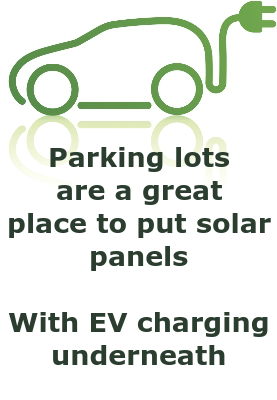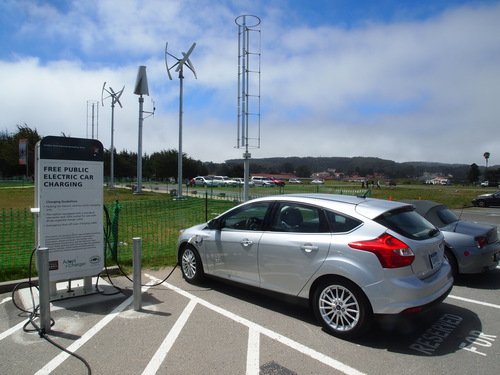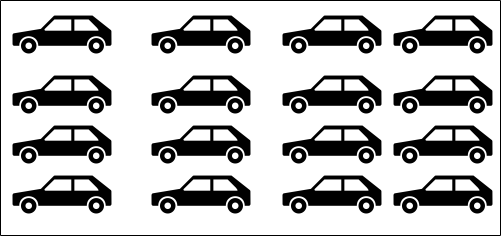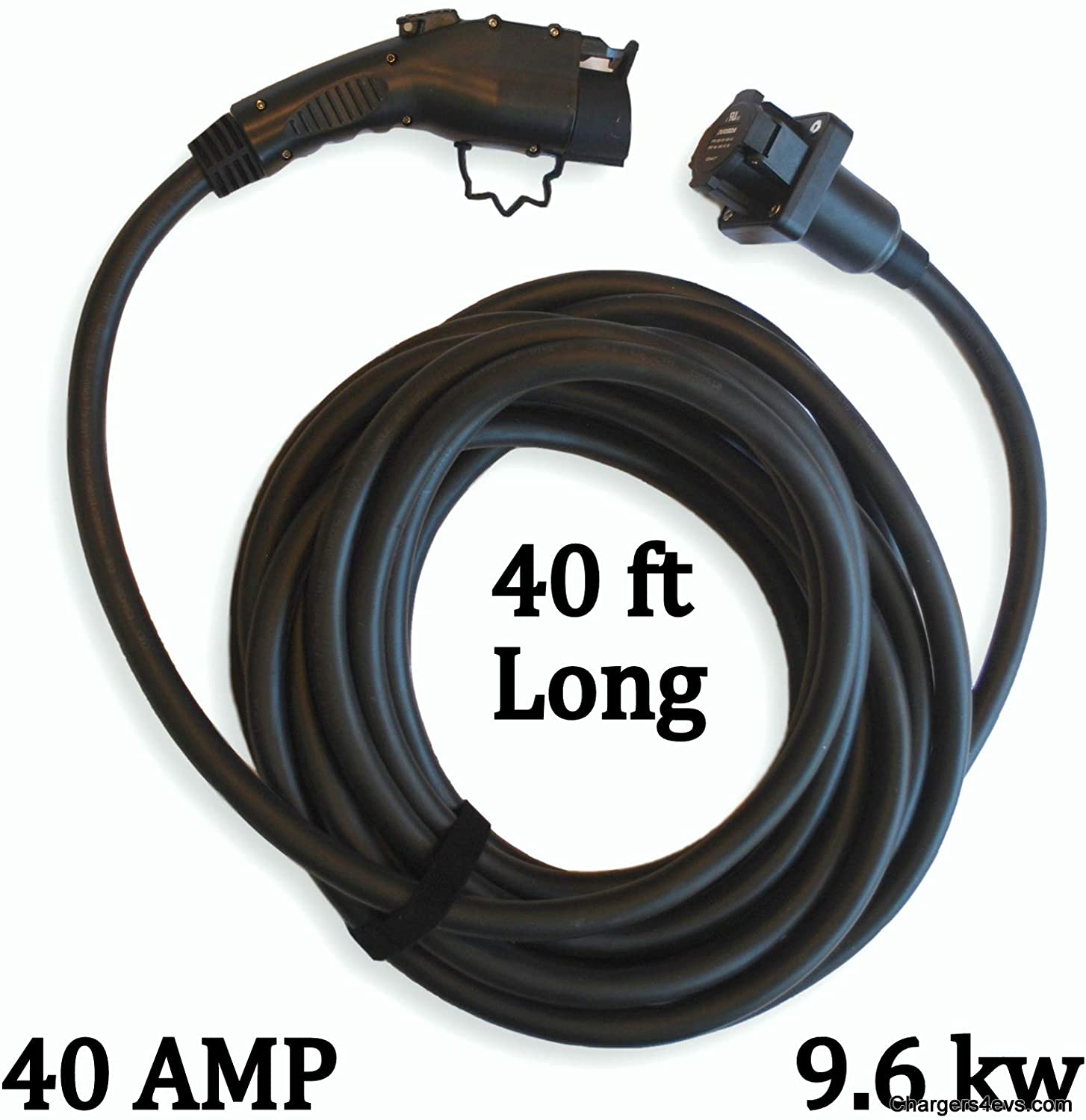Last Update: September 5, 2015

Everyone wants electric vehicles to be as clean as possible, as we noted elsewhere. How many times have you seen electric cars pictured with solar panels or wind turbines in the background? If you're like me, you've lost count, which just proves how much we want the combination of solar energy, wind energy, and electric cars. The problem is the doubt over the cleanliness of the electricity,
Electricity generation is done in centralized plants, so far removed from where we live that most of us don't even know where they are. Where does your electricity come from? I can name a couple places, and 1/2 of California's electricity is generated by natural gas power plants, I can't name where many of them are. How many electricity plants can you name in your area?
Instead, we just plug in our gizmos and the system works even though we don't know the source of our electricity nor how clean it is. But what if there were a way to directly connect clean electricity and electric cars such that it's 100% obvious what's going on?
Like this?

That's a free charging station installed by
Adopt-a-Charger at Crissy Field in San Francisco. The wind turbines in the background have great exposure to winds coming in off the Pacific Ocean, and it feels great to charge there even if the electrons probably don't come directly from the turbines.
Another article in this series discussed how it's possible for an individual home-owner to completely power their home and one or two electric cars completely from solar panels on the roof. Now let's scale that up, step-by-step, converting a regular parking lot into one covered by solar panels, with charging stations that we know are powered directly from the solar panels.

The typical parking lot was built thinking the typical car is powered by gasoline, and that we'd never look to parking lots as a primary source of electricity to power cars. However, many parking lots have what's needed for great solar power potential -- they're out in the open, with an unobstructed view of the southern sky.
I'd rather we put solar panels on top of land that's already been industrialized than to industrialize pristine wilderness for the purpose of installing solar arrays. That makes rooftops of large commercial buildings, or parking lots, or similar spaces a great candidate for solar arrays. If we can leave the desert to the desert critters, we'll be a little better off.
In any case, the typical parking lot doesn't have much electricity in the lot. Except, that is, for the overhead lights. One way to get some excess electricity at the parking lot is to convert those lights from low efficiency floodlights to high efficiency LED lighting systems. Doing so should free up some electricity supply so that cars can be charged on electricity that had formerly run the overhead lights. But our goal here is solar panels, so let's forge on to that.

We starting with a parking lot.

And, wave a magic wand and there are solar panels on top of it. The methodology to do this is starting to be well developed, with a variety of canopy types being used. In some cases the panels are mounted flat, while in other cases they'll tilt during the day to follow the sunshine to gain optimum energy capture.
Just putting up the solar panels isn't enough, because they can't be directly connected to the cars. Even if you could, what happens at night or on cloudy days, the electric car owners wouldn't be able to charge off the solar panels.

The next step is to connect the solar panels to the grid. At least the parking lot owner will earn some extra revenue off their parking lot, by selling electricity to the grid. When solar power truly becomes competitive with incumbent electrical plants, we should see lots more solar power systems installed at parking lots. The grid will be that much cleaner when that starts to happen, thanks to more solar power electricity.
But it hasn't enabled us to start charging electric cars in the parking lot.
It'd be easy to install charging stations in the parking lot that aren't connected to the solar panels. You'd have what looks like solar powered electric vehicle charging, but is not. The solar panels would feed power into the grid, when the sun is shining, and any electric cars plugged-in to charging stations would draw power from the grid. Their electrons would meet somewhere out in the electrical grid, not from a direct connection between solar panels and cars.
It would look something like this:

This parking lot is at a Community College in Newark, CA. The little red car on the left is electric, and it's parked at a row of Blink charging stations located under the solar panels. This was taken on a weekend (Sunday) during the summer, hence the empty lot.
Just as with the Crissy Field charging station above, that these charging stations are underneath a massive solar panel array gives one a good feeling. But the electrons are coming from the grid, not the solar panels.
Now let's add another gizmo to make the connection.

Now we're cooking.
Grid energy storage systems are large battery packs - 1+ megaWatt-hours - that are connected to the electrical grid. What we'll use this unit for is to locally buffer energy generated by the solar panels to power the charging stations.
Where installing solar panels gives the parking lot owner a new revenue stream (selling electricity to the grid), adding an energy storage system enables an additional revenue stream from providing various services to the electricity grid.
In the vast majority of existing charging station installations, the charging stations are connected directly to the grid and there's no attempt to directly integrate solar power and grid energy storage. But, several companies are working on the integration of these services, and it should start to become commonplace.
The connection between charging stations and the grid energy storage unit must support at least these energy flows.
- Charging input from the solar panels.
- Bi-directional flow to/from the electrical grid.
- Bi-directional flow to/from the charging stations and any connected electric cars.
The grid energy storage unit adds some complexity over the typical solar panel installation over a parking lot. Instead of a simple connection from the panels to the grid, they're connected via the grid energy storage unit. The whole system has a higher cost, of course, but it gains a lot more capabilities.
Here are some actions the grid energy storage unit can take in different circumstances.
| What if...? | The grid energy storage unit .... |
|---|---|
| ... there's bright sunshine, and the grid energy storage unit is already full? | ... needs to shove electrons (sell) to the grid. |
| ... the grid energy storage unit is empty, and the sun is shining? | ... needs to charge itself from the solar panels. |
| ... the grid energy storage unit is empty, and the sun is NOT shining? | .. needs to charge itself from the electrical grid. |
| ... the electrical grid needs electricity? | ... receives a request from Grid operators, causing it to start sending electrons to the grid. The storage unit in turn should try and draw on the solar panels to keep itself replenished, or from any connected electric cars (to a degree). |
| ... happens as electric cars are charging? | ... will manage electricity flow from the solar panels and to/from the electrical grid to keep itself replenished and also provide electricity to the cars. |
| ... about fast charging? | A problem faced in most areas with fast charging is that the electrical utilities impose extra fees on fast charging stations. These "Demand Charges" are imposed on any electricity user who puts sudden high demand bursts on the grid, such as when a car is plugged in and suddenly starts pulling 50-100 kiloWatts. The grid energy storage unit needs to be sized to minimize this problem, and to ensure that in most (all) cases its own energy demand will stay below the threshold that triggers demand charges. |
Some of these actions will earn revenue from smart grid services, while others avoid buying electricity from the grid for supply to any electric cars connected to charging stations.
Smart grid services and electric cars
We mentioned the possibility that the grid energy storage unit may want to tap electricity from electric cars connected to charging stations. What does that mean?
For years smart grid researchers have envisioned the potential of a parking lot full of electric cars, which could easily add up to several megaWatt-hours of electrical storage. Some suggest the way to
maximize the electric car value is implementing smart grid services and bi-directional energy flow. Cars, whether electric or otherwise, tend to sit idle for about 23 hours a day. Meaning, until electric cars and charging stations implement smart grid services with bi-directional power flow, electric car energy storage capabilities go wasted.
Bi-directional power flow means both pushing electrons into EV's, or extracting electrons. This would be done under the command of the electricity grid operators, sending out smart grid instructions.
It may be this, smart grid enabled electric cars and charging stations supporting bi-directional energy flow, are what will incentivize a full scale build-out of public charging station infrastructure. The revenue potential is what will incentivize charging network operators to do so.
But that doesn't give us a business reason to install an on-site grid energy storage system. It looks great to have solar panels installed above parking lots. Installing the grid energy storage system lets us pat ourselves on the back and say the electrons for our car really and truly come directly from the solar panels. But, is the expense of the grid energy storage system justified by any business reason?
That depends on two factors:
- The cost benefit of avoiding demand charges, because fast charging services would come out of the grid storage unit rather than directly from the grid.
- The smart grid revenue that can be earned with the grid energy storage unit itself.
A project at Las Positas College in Livermore, assembled by Imergy Power Systems and Growing Energy Labs Inc. (Geli), will build a system similar to what was just described. It ties a 2.35 megaWatt solar array, with Imergy's grid energy storage system and Geli's platform for constructing micro-grids. The system will make Las Positas College into an energy "island" where about 55% of the campus electricity needs are is produced on-site, and are consumed on-site without going out to the grid. They claim it will capture $75,000 a year in energy savings for the Chabot-Las Positas Community College District.
Summary
Solar panel prices are dropping rapidly, and soon it's expected the cost will drop to where they're directly price competitive with traditional electricity power plants. Parking lots are an excellent location at which to site solar panel arrays because they usually have unobstructed views of the sky necessary for optimum power production.
We all want our electric cars to be as clean as possible, and it will look great to have charging stations underneath solar panel arrays.
But getting assurance that the electrons for our cars come directly from the solar panels means the added expense of a grid energy storage unit. There may be enough economic justification to do so, especially as the smart grid services market is developed further.



